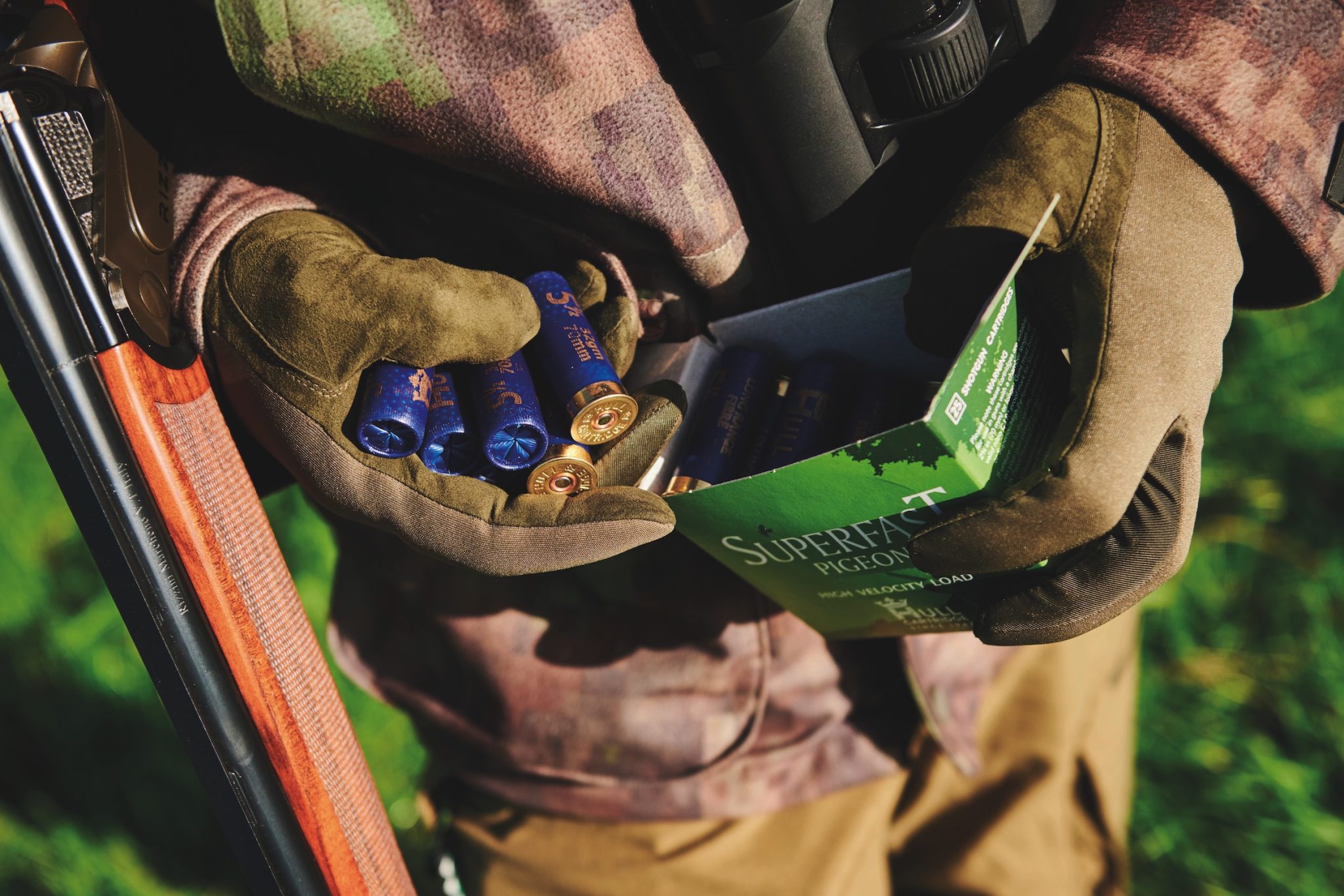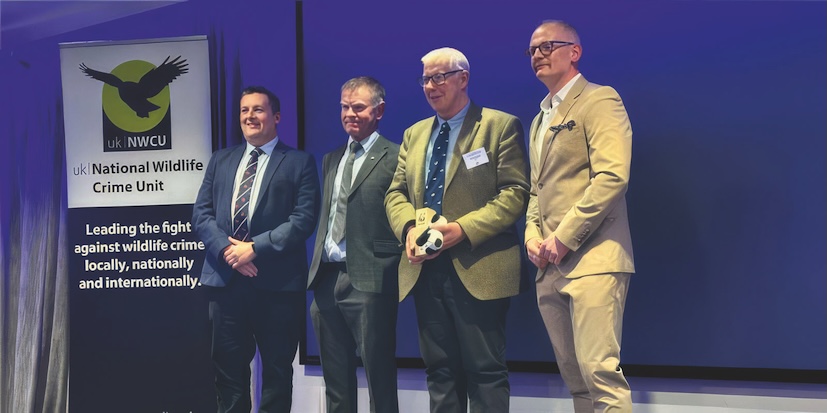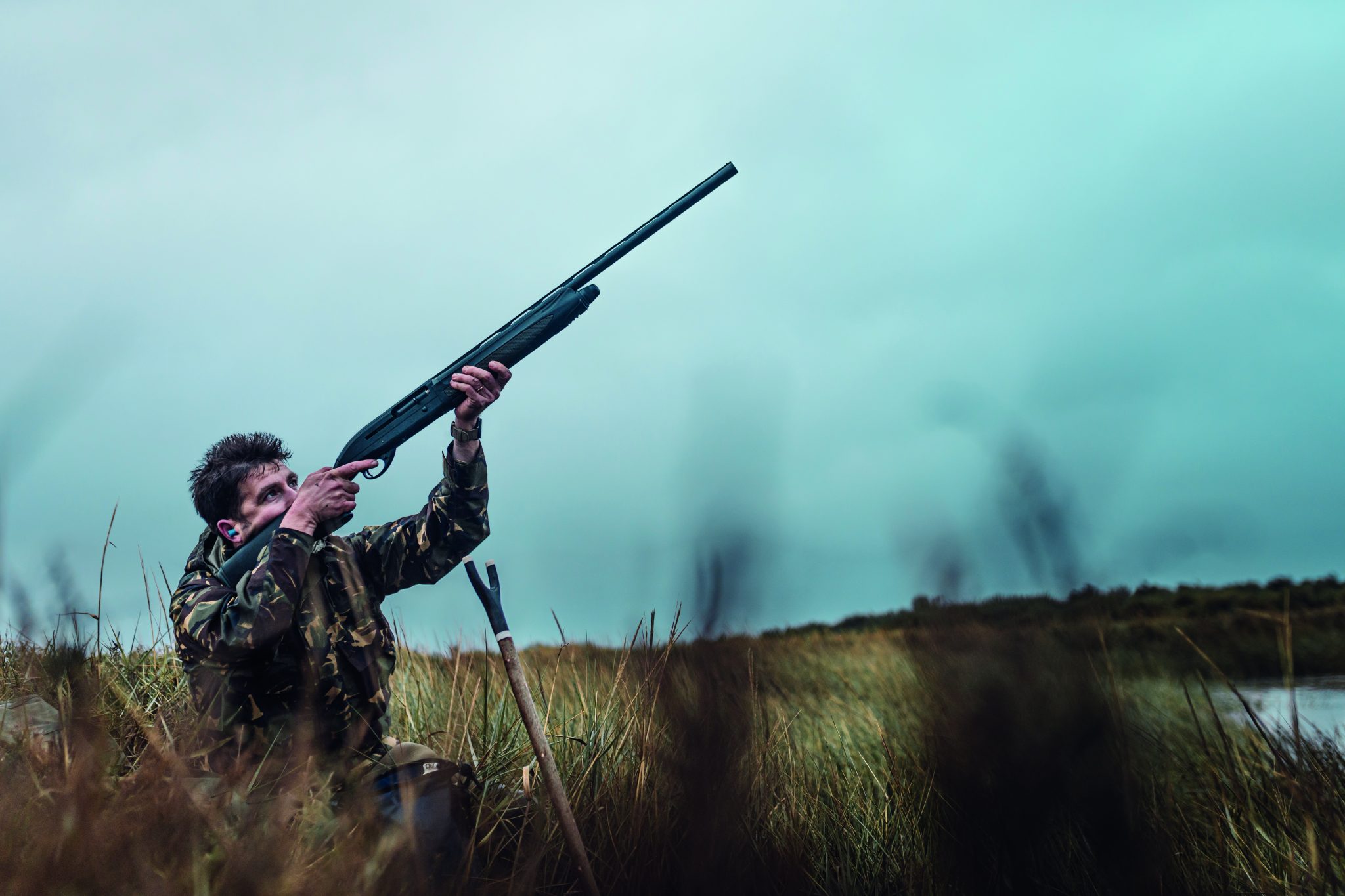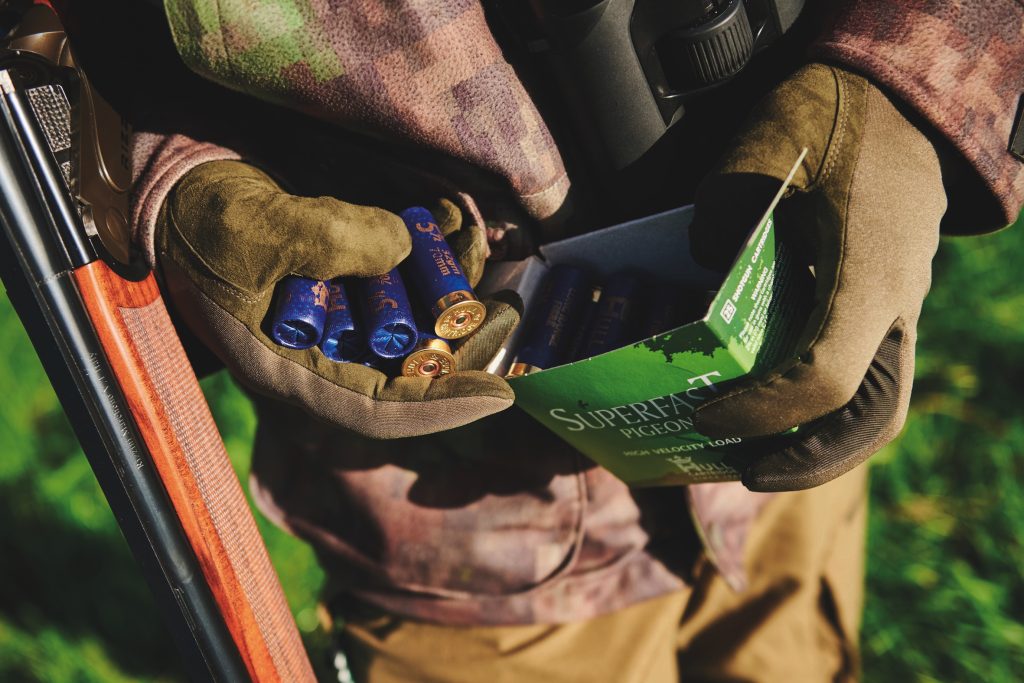Win CENS ProFlex DX5 earplugs worth £1,149 – enter here
The intelligence of rooks
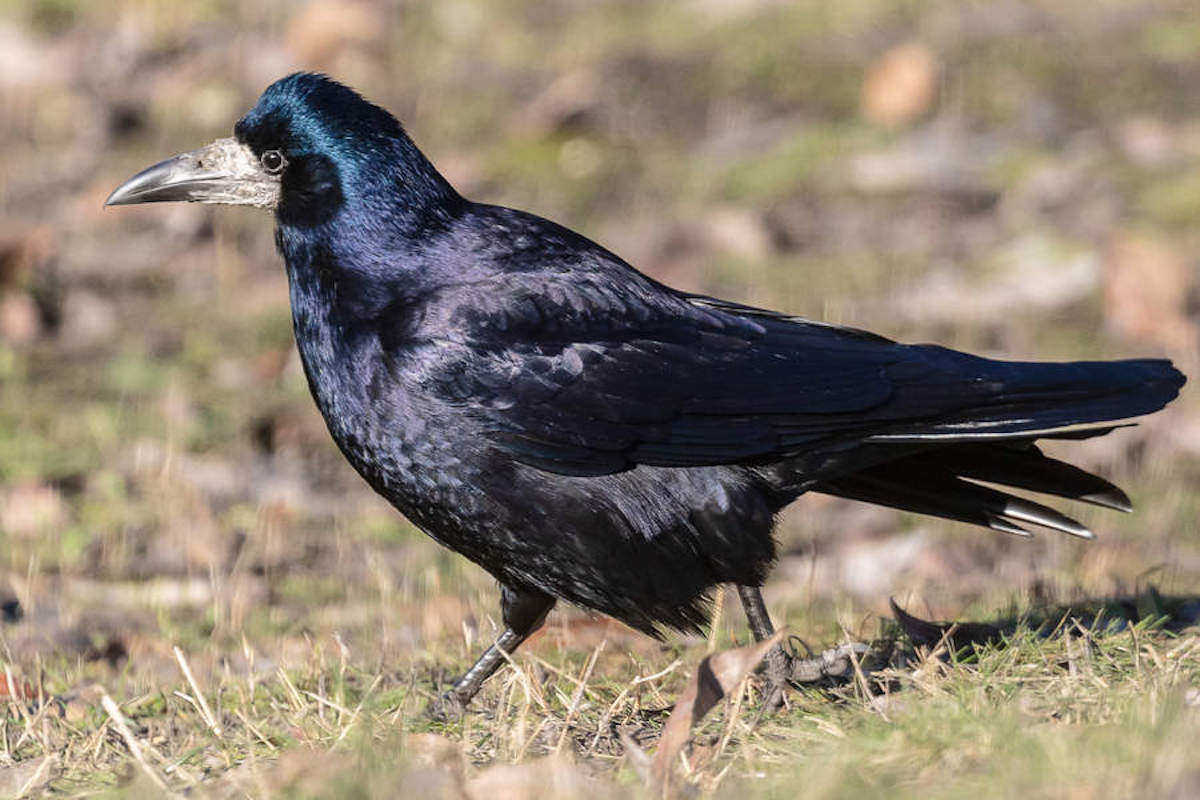
Quick facts on rooks
- Distribution: Widespread across much of central and northern Europe, extending to southern Russia and the extreme west of China. An eastern form is also present in Asia.
- UK Distribution: Throughout most of the UK, though absent from much of north-east Scotland.
- IUCN Red-List Status: Least concern, numbers decreasing.
- Habitat: Generally found in lowland habitats. Open areas of pasture or arable land are preferred, often close to smaller human settlements, wherever there are tall trees for nesting. Heavily forested or built-up areas, moorland and marshland tend to be avoided.
- Food: Most foraging takes place on the ground and a wide variety of plant and animal food is taken. Plants include cereals, root crops, fruit, berries and seeds, while animal material consists primarily of earthworms and insect larvae. They will also take invertebrates, small mammals, and small birds, fledglings and eggs. Carrion is occasionally eaten, and human refuse scavenged.
- Breeding: The male initiates courtship with a display which includes bowing, tail fanning and drooping his wings; the female responds by crouching, quivering her wings and arching her back. Once mated, pairs remain together for life.
- Nesting: Nests in colonies (rookeries), usually at the top of tall trees. Both sexes take part in building the cup-shaped nest which is constructed with sticks before being reinforced with earth then lined with grasses, moss and other plant material. Nests are often built on the remains of the previous year’s nest.
- Clutch size: 3–5 eggs or more
- Incubation time :16–18 days
- Length (average): 44–46 cm
- Wingspan (average): 81–99 cm
- Weight (average): 280–430 grams
- Lifespan (average): Normally six years, but over 20 years recorded
- Flight speed: Around 35mph
- Shooting seasons: Rooks may be killed or taken throughout the year in the UK under the terms and conditions of specific general licences (but not in Wales, see below). (Read rook control – angling for branchers.)
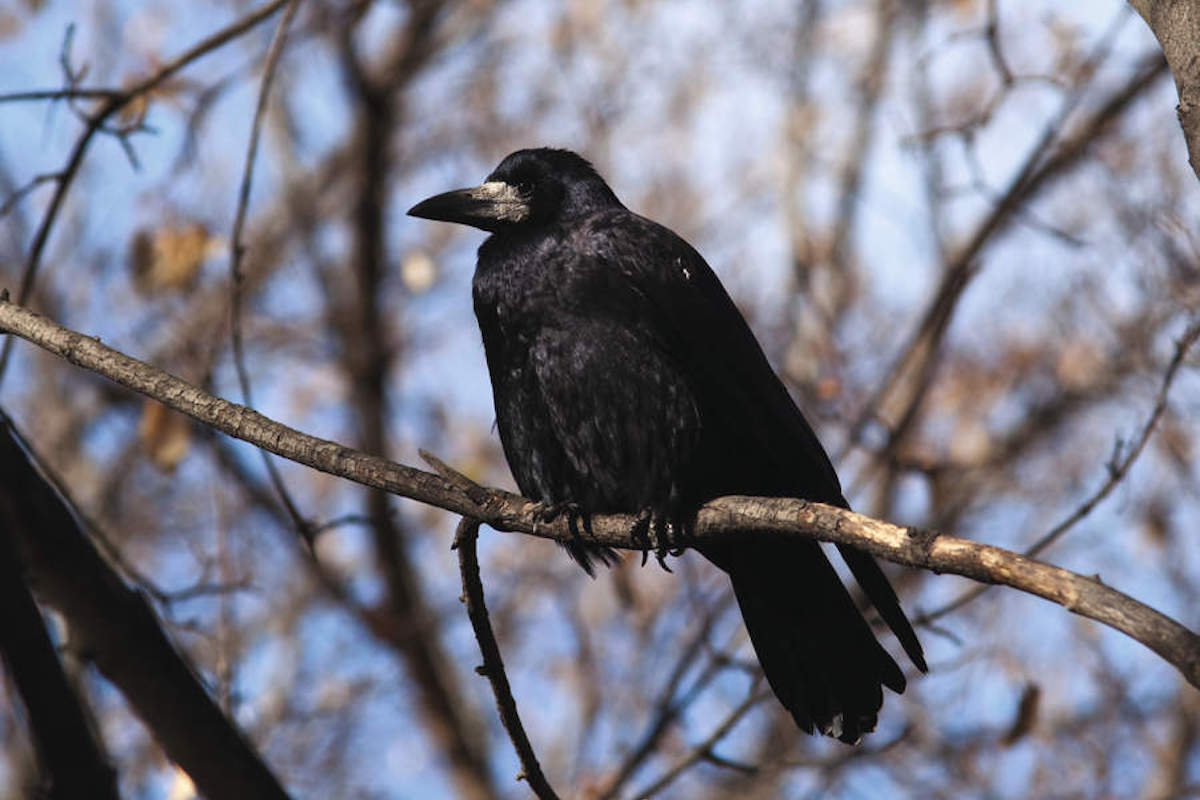
The rook is a highly intelligent bird
Divisive
Few birds divide opinion like the rook. On the one hand we have farmers, who often endure massive damage to crops at certain times of the year, and on the other, the people who love to hear the most quintessentially English bird going about its business. The background cawing of rooks frequently heralds sinister goings-on in the popular television series Midsomer Murders.
But when it is doing no harm even farmers have a grudging respect for the rook. One gets the feeling that while rooks will certainly take eggs and young birds, they do not actively look for them, unlike other members of the corvid family, such as crows and magpies. Few countrymen have any regard for the latter, while secretly admiring the antics of the former.
Intelligence of rooks
Like all corvids, rooks are celebrated for their intelligence and can create tools to solve their problems. In one experiment, a rook was placed next to a test tube half full of water. On the water floated an earthworm, but the water level was too low for the bird to reach it. Some pebbles were made available, and it did not take very long for the rook to work out that if it dropped the pebbles into the test tube, thus raising the water level, the worm would float to the top. Some humans wouldn’t be able to work that out. (Read the facts about another intelligent bird, the jackdaw.)
Sayings about rooks
Rooks are also a firm part of folklore. Many people believe they bring good luck. It is said that if rooks abandon their communal nest site, a death is imminent. Country people have long thought you can foretell the weather by a rook’s nesting behaviour. If they build their nests high in the trees, you can look forward to a fine summer, but built low in the branches and a summer of wind and rain lies ahead.A flock of crows or rooks?
How do you tell the difference between a rook and a crow? An old country saying sums it up nicely, “If you see a rook on its own, it is a crow, but if you see a flock of crows, they are rooks.” In addition rooks have a distinctive area of skin round the base of the beak, and crows do not. However, young rooks do not get the area of skin round their beaks until they are around six months old, leading to some confusion, fooling some shooters into believing they are killing crows, when in fact, they are immature rooks. In any case, rooks have a blue sheen to their feathers, quite unlike the black colouring of crows. They also have feathery ‘trousers’.
Where do rooks nest?
Rooks are very sociable birds, nesting in colonies (rookeries), year after year. Nests are built from twigs broken off branches, rather than from the woodland floor. They also sometimes rob material from neighbouring nests if the owners leave them unguarded. Three to five eggs are laid from early March, hatching after 16 to 18 days, with both parents ferrying food to the growing chicks.
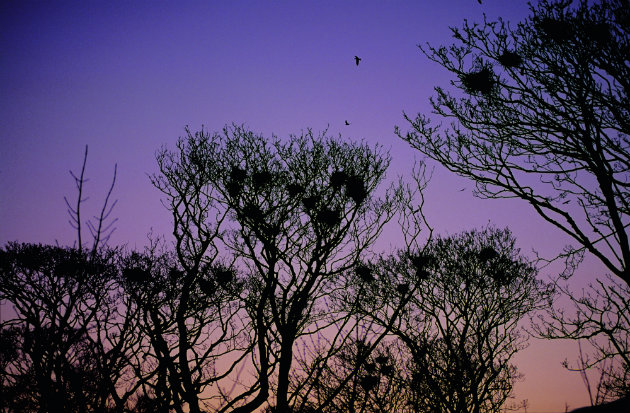
Rooks may be legally shot for crop protection in England and to protect threatened birds
12 May – a crucial date
Youngsters fledge after about 32 days, and it used to be a time of year when everyone who owned a firearm would assemble at the rookery to shoot the young birds before they were strong enough to fly away. Timing was crucial; a few days too soon, and the birds would still be in the nest, a few days too late, and the whole lot would disappear after the first shot. May 12th was the chosen day, and the meat from the shot rooks was to be made into traditional rook pie, enjoyed by the entire village.
Cover crop attacks
How bad are rooks for game birds?
My own small wood hosts a small rookery of about 40 nests, but is also a roost for much larger numbers of mixed corvids, up to 1,000 strong. The only time these birds have caused me any kind of grief is when they have attacked the maize cover crops. I have tried to discourage the roosting, by shooting them coming in, but the rooks have shown their intelligence by starting to arrive in a large flock when it is almost too dark to see. (Read is shooting rooks a crime?)
Last word
Natural Resources Wales removed rooks from the general licence in October 2019 stating: ” Findings from the UK Breeding Bird Survey suggest that in Wales rook populations have significantly declined over both the long term (by 60% between 1994-2017) and in the short-term (by 50% between 2007-2017). Due to the significance of this population change, rook will not be included in the new General Licences.”
This article was originally published in 2014 and has been updated.
Related Articles
Get the latest news delivered direct to your door
Subscribe to Shooting Times & Country
Discover the ultimate companion for field sports enthusiasts with Shooting Times & Country Magazine, the UK’s leading weekly publication that has been at the forefront of shooting culture since 1882. Subscribers gain access to expert tips, comprehensive gear reviews, seasonal advice and a vibrant community of like-minded shooters.
Save on shop price when you subscribe with weekly issues featuring in-depth articles on gundog training, exclusive member offers and access to the digital back issue library. A Shooting Times & Country subscription is more than a magazine, don’t just read about the countryside; immerse yourself in its most authoritative and engaging publication.



